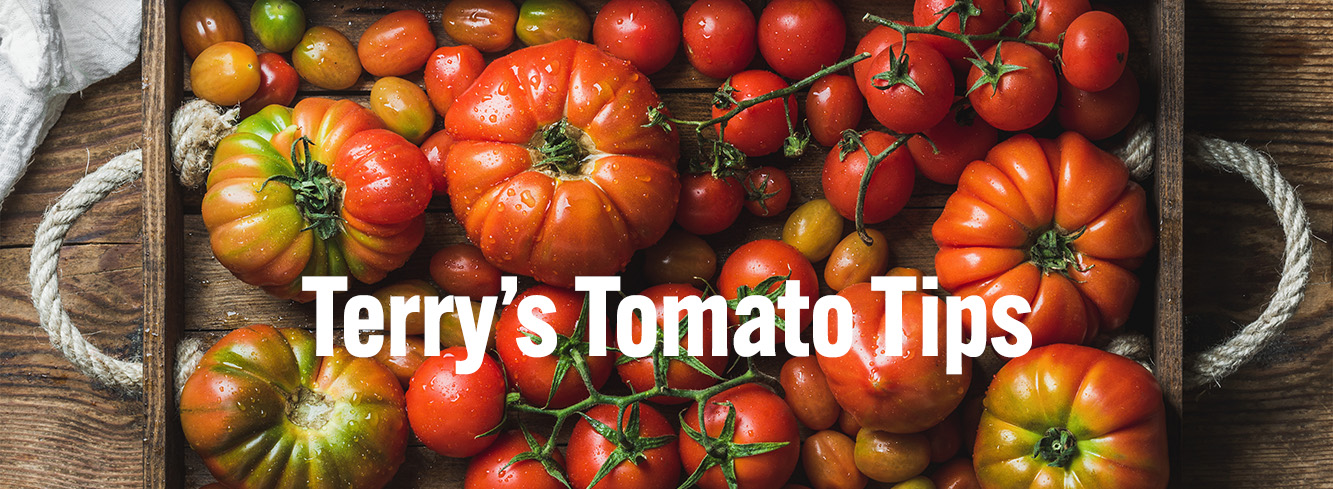May, the month of blossoms. From apple trees in all their glory to the quiet blooms on the gooseberry, they are all producing pollen. It is the same in the greenhouse, where the early tomato pollen is eagerly awaited. It is s simple really, viable pollen, receptive stigma, successful fertilisation, lovely tomatoes.
It’s those fertilised flowers on that bottom truss that ‘anchor’ the plant down into a regular cropping pattern rather than just a vegetative growing one. Tomato flowers with their 5 or more anthers hanging down close to the stigma are ideally adapted for self-fertilisation and from mid-season onwards this is usually what happens. Although pollination of greenhouse tomato varieties can take place over a narrow range of temperatures the optimum for these is 68F/ 20C for both anther and stigma. The actual quality and potential viability of the pollen will depend on the nutrient status of the plant and health of the flower itself. Tomato plants being grown organically usually have bright yellow flowers with plenty of pollen, over many years I have only see’ dry set’ after the most severe climatic conditions, when there has been no pollen to fertilise the stigma.
Once a tomato flower is fully open it is at its most fecund over the next 3 days. When the greenhouse atmosphere is too dry, the pollen will not stick to the sigma, but if it is too wet the pollen sticks to the anther and will not ‘fly’. A relative humidity of 70% suits both anther and stigma and ensure a good set. By May time in an unventilated greenhouse the temperature can rise to over 100F/ 37.5C, so do bear in mind that 4 hours at 105F/ 40C cooks and kills pollen.
If it is too dry, watering the path will increase the humidity, or if preferred a fine mist spray over the plants will rapidly moisten the truss. An hour later tap the wires or canes to gently shake the flowers and distribute the pollen. If we are fortunate enough we may hear the gentle humming of a bee as it goes about doing the job for us. If spraying as to be done later in the day allow enough time for the plants to dry off before nightfall. A week later gently pull a spent flower from its calyx, if a tiny round fruit is visible with a very fine style attached the fruit has set and the swelling process now begins.

